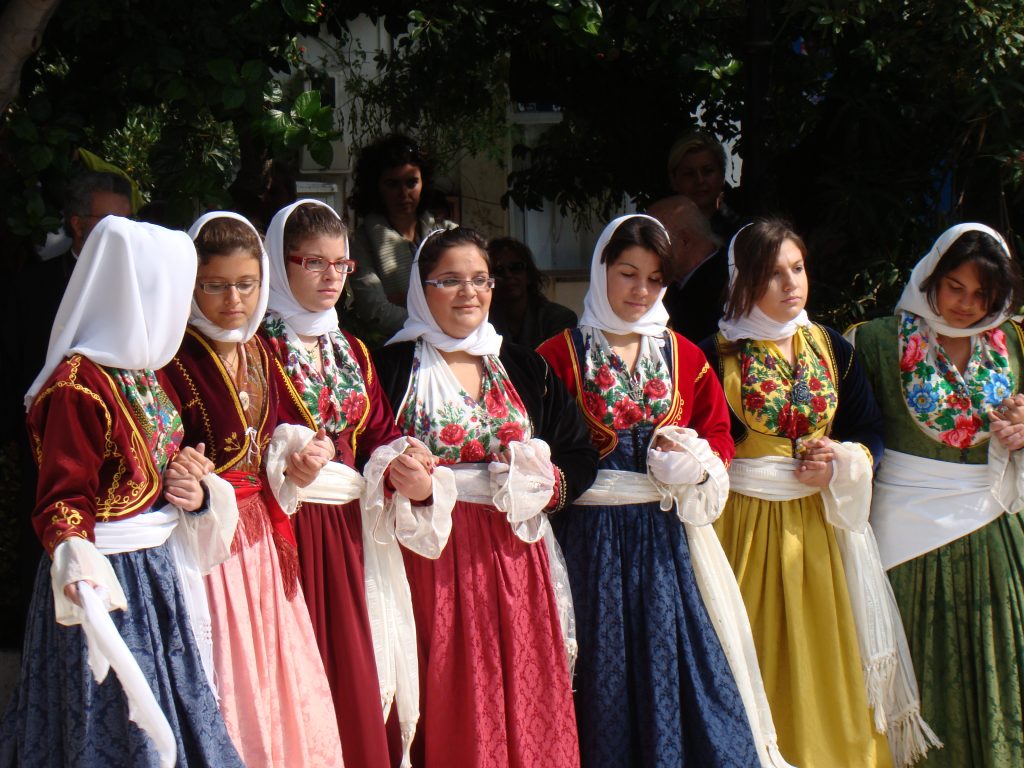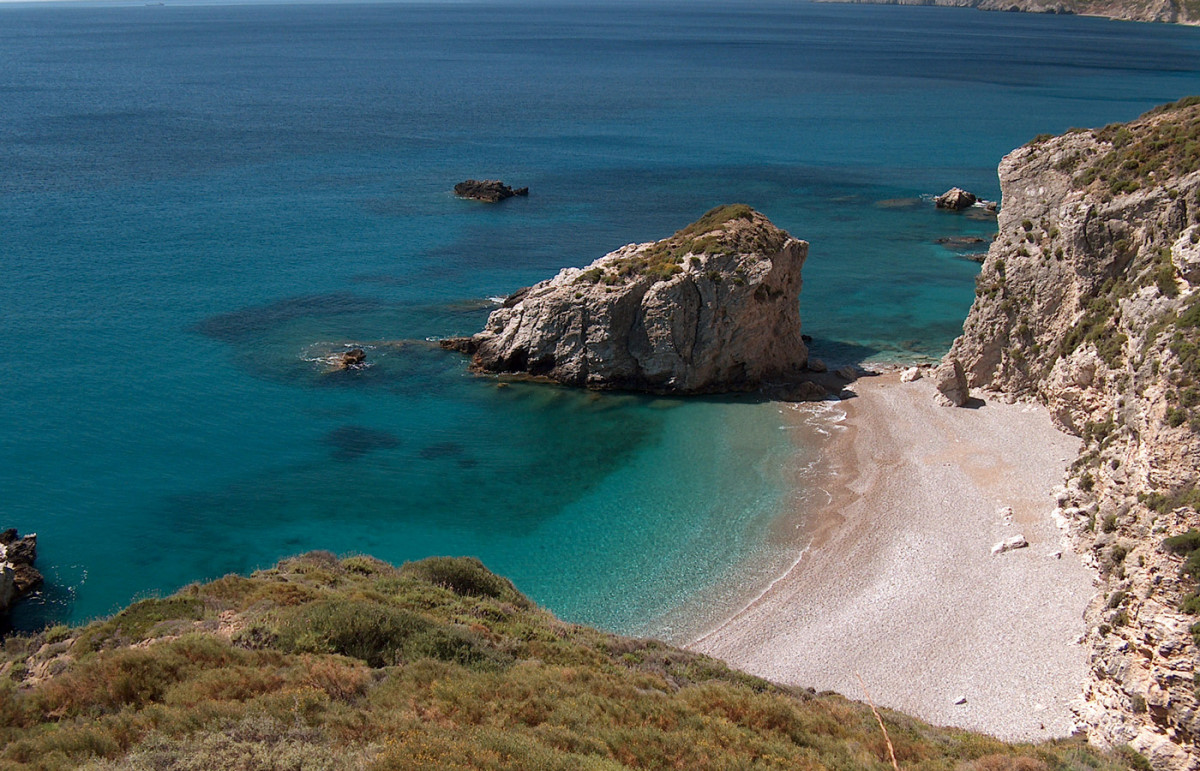Music, Dance, Song and Poetry
The Kytherean people have established a close link between their daily life and arts. Kythera has a rich musical tradition in both songs and dances. Influences from Crete and Heptanese have forged the island’s traditions. Erotic verses, pleasant melodies and lively dances have provided a breath of happiness and love. In the area of painting the frescoes that adorn Byzantine churches are the most significant example. Lithographer Vassilis Charos and painter Manolis Charos are among the contemporary artists Kythera can be proud of. The area of literature has seen the emergence of figures such as Emmanouïl Staes, Iossif Kaloutsis, Georgios Mormoris and others, drawing their inspiration primarily from the Heptanesian School of the 19th century. Pannos Fyllis, a contemporary Kytherean poet, collects everything that happens on the island, both good and bad, while schoolmaster P. Kasimatis has recorded the entire ethnology of Kythera in his books.




